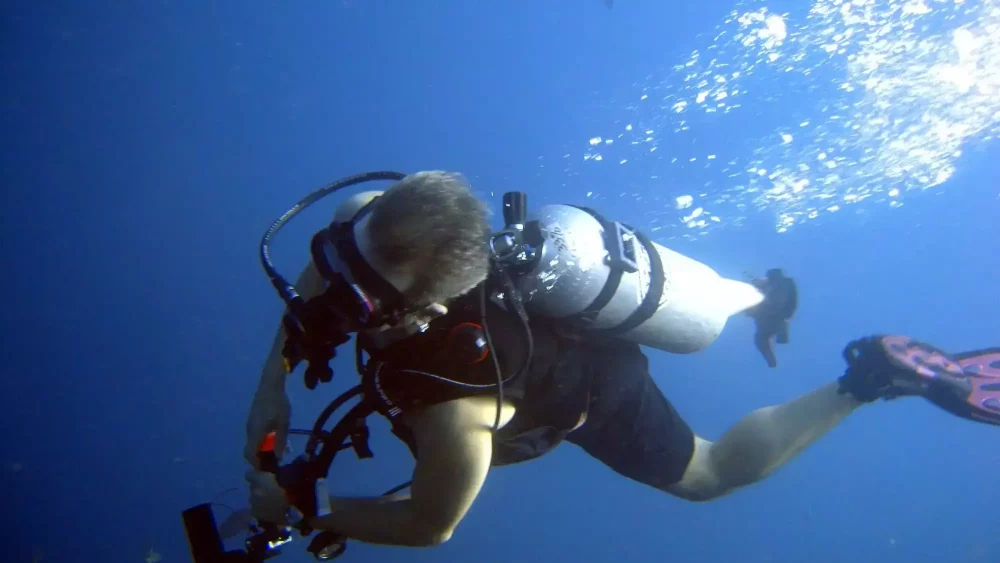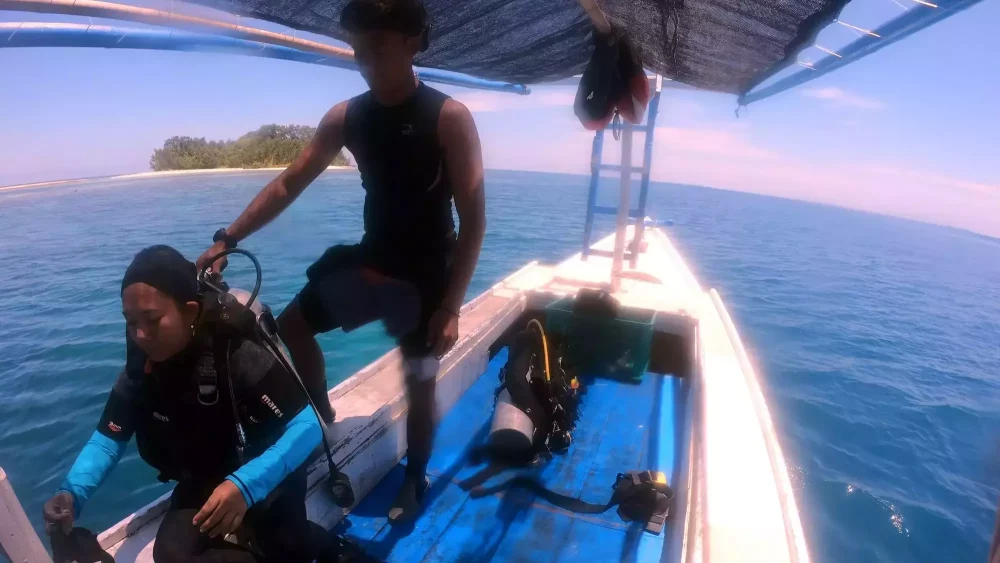One of the most critical aspects of a successful and enjoyable dive is mastering buoyancy control. To do this, it’s essential to understand how the equipment we use affects our ability to control buoyancy. Whether you’re an experienced diver preparing for exams, a beginner just starting your underwater journey, or someone intrigued by the subject, this guide will reveal the science behind scuba gear and its role in achieving perfect buoyancy.
The Importance of Buoyancy Control
Buoyancy control is the cornerstone of safe and comfortable diving. Proper buoyancy allows you to:
- Conserve energy, leading to longer dives.
- Avoid damaging fragile underwater environments.
- Enjoy a peaceful and meditative experience beneath the waves.
The Components of Buoyancy
To understand how scuba gear affects buoyancy, let’s break down the components of buoyancy:
- Positive Buoyancy: When you’re positively buoyant, you’ll rise toward the surface. Achieving positive buoyancy requires displacing a volume of water greater than your body’s weight. This is what allows us to float.
- Negative Buoyancy: When you’re negatively buoyant, you’ll sink. Negative buoyancy is achieved by displacing a volume of water less than your body’s weight.
- Neutral Buoyancy: Neutral buoyancy is the sweet spot for divers. It means you’re neither sinking nor rising. You displace an amount of water equal to your body’s weight. Achieving neutral buoyancy is crucial for comfortable and controlled diving.
The Role of Scuba Gear
Now, let’s delve into the specific scuba gear that influences your buoyancy control:
1. Buoyancy Control Device (BCD)
Science: The BCD controls your buoyancy by adjusting the volume of air inside it. Inflating the BCD increases your volume, making you rise. Deflating reduces your volume, allowing you to sink.
Technique: Add short bursts of air for fine adjustments. Slowly release air to descend, and gradually inflate to ascend.
2. Weights
Science: Weights offset your natural positive buoyancy. They increase your weight, helping you sink.
Technique: Ensure the right amount of weight for neutral buoyancy. Adjust it based on your gear, exposure protection, and other factors.
3. Wetsuit or Drysuit
Science: Exposure protection suits can affect buoyancy due to the insulating material and trapped air. Wetsuits may provide some positive buoyancy due to neoprene, while drysuits often require additional weight to compensate for trapped air.
Technique: Choose the right exposure protection for the water temperature and adjust your weight accordingly.
4. Cylinder and Gas
Science: The air in your cylinder affects your buoyancy. As you consume air, your buoyancy changes. Less air means less positive buoyancy.
Technique: Monitor your air consumption and adjust your buoyancy accordingly. For example, as your tank gets lighter, you may need to add or remove weight.
Achieving Neutral Buoyancy
To achieve neutral buoyancy and maintain it throughout your dive:
- Practice: Develop your buoyancy control through practice and training.
- Trim: Ensure your gear is correctly positioned and balanced on your body.
- Monitor: Keep an eye on your depth and make buoyancy adjustments as needed.
- Breathe: Control your breathing – inhale to ascend, exhale to descend.
- Refine: Fine-tune your buoyancy control to avoid unnecessary contact with the environment.
The Benefits of Buoyancy Mastery
Mastery of buoyancy control offers numerous benefits:
- Extended Dive Times: Efficient buoyancy reduces air consumption, extending your dive.
- Safety: Maintaining neutral buoyancy reduces the risk of uncontrolled ascents or descents.
- Environmental Preservation: Proper buoyancy helps protect fragile marine ecosystems.
Conclusion
The science behind scuba gear and its impact on buoyancy control is a fundamental aspect of successful and enjoyable diving. Whether you’re a seasoned diver, a beginner just starting your underwater journey, or someone curious about the subject, mastering buoyancy allows you to glide effortlessly through the underwater world, conserving energy and protecting the marine environment. Dive in, explore, and discover the secrets of buoyancy with the right equipment and techniques – the key to unlocking the wonders of the deep.

